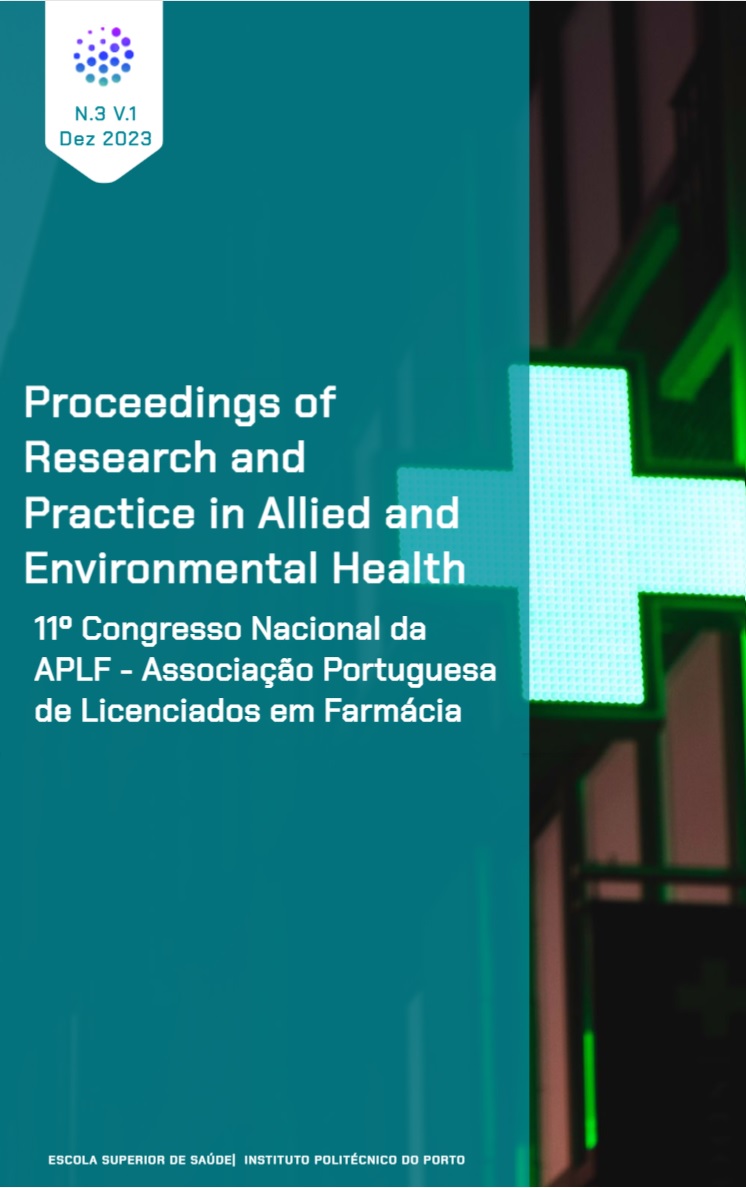Abstract
Background: There is an increasing of several eye diseases, which makes it necessary to develop formulations in this field. Despite this need, the permeation of drugs through the ocular membranes is impaired due to the anatomy and physiology of the human eye. Thus, the need arises to include permeation enhancers in topical ophthalmic formulations to increase the permeability of the drug in the ocular membranes(1). The combination of an anti-inflammatory and an antibiotic would also be very beneficial, as most eye pathologies have inflammation inherent in an infection. Aims: Develop lipid-polymer hybrid nanoparticles (HyLPNs), with enhanced properties for topical ocular drug delivery. Methods: The HyLPNs formulations were produced accordingly to a published methodology of our research group(2). Precirol® at 0.05% (w/v) was used as lipid phase and Pluronic™ F-68 at 0.1% (w/v), a biocompatible non-ionic surfactant in aqueous phase. To produce hybrid nanoparticles, low molecular weight chitosan was added to the aqueous phase. Also, to improve the mucoadhesive properties and permeability of the nanoparticles, Gelucire® 48/16 and hyaluronic acid with an average molecular weight of 50 kDa were added, and HP-β-CD was added to the lipid phase. After optimizing the HyLPNs, an antibiotic (levofloxacin) and an anti-inflammatory (ibuprofen) were incorporated. Results: The final formulation has a size of 224.3 ± 5.0nm, a PDI of 0.304 ± 0.011 and zeta potential of -12.7 ± 0.3mV. The efficiency of encapsulation was 90.1 ± 0.6 % and 79.2 ± 5.6%, with a drug loading of 2.16 ± 0.12% and 1.87 ± 0.18% for levofloxacin and ibuprofen, respectively. In vitro assays with ARPE-19 cell line shown that HyLPNs are biocompatible, without affecting either the cell membrane integrity or the metabolic state. Conclusions: The results allow to show that the HyLPNs present properties with a promising potential for the treatment of ocular pathologies.
References
Silva B, São Braz B, Delgado E, Gonçalves L. Colloidal nanosystems with mucoadhesive properties designed for ocular topical delivery. Int J Pharm [Internet]. 2021;606(July):26. Available from: https://www.sciencedirect.com/science/article/abs/pii/S0378517321006785
Gaspar DP, Faria V, Gonçalves LMD, Taboada P, Remuñán-López C, Almeida AJ. Rifabutin-loaded solid lipid nanoparticles for inhaled antitubercular therapy: Physicochemical and in vitro studies. Int J Pharm [Internet]. 2015; Available from: https://www.sciencedirect.com/science/article/abs/pii/S0378517315303963?via%3Dihub

This work is licensed under a Creative Commons Attribution-NonCommercial-NoDerivatives 4.0 International License.
Copyright (c) 2023 André Marques, Liliana Aranha Caetano, Lídia M.D Gonçalves


